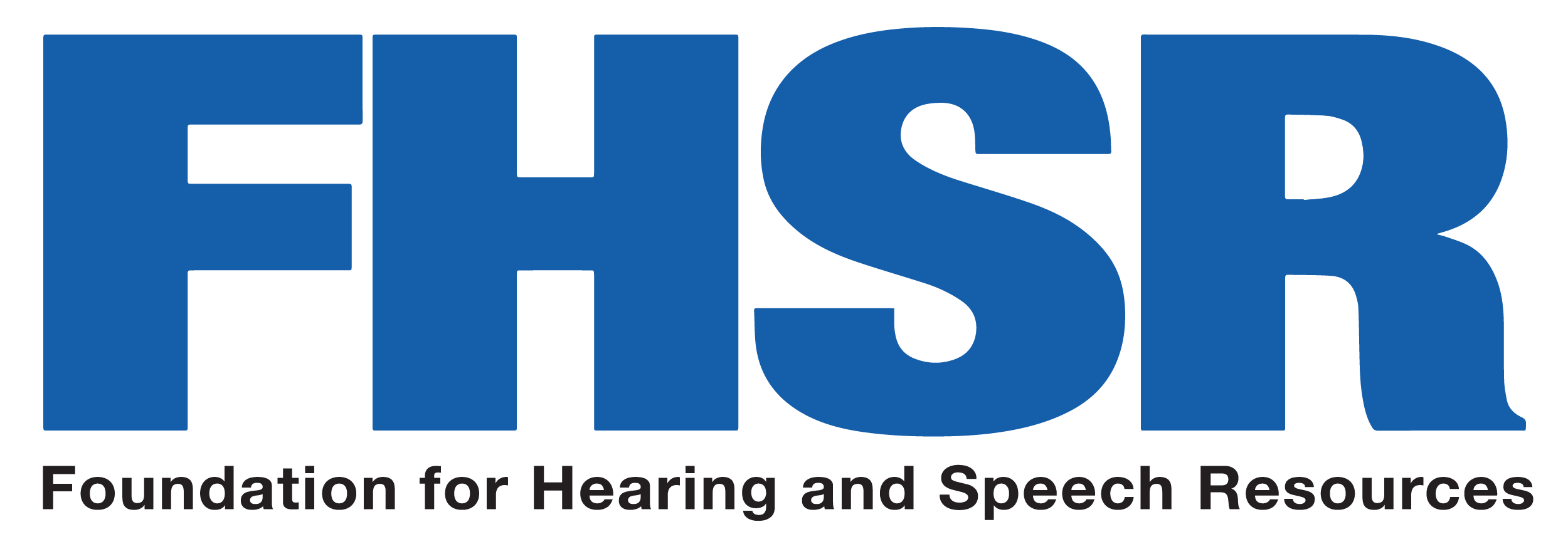
This blog will discuss students who have a hearing loss and a comorbid disability (DWD).
According to Gallaudet Research Institute (GRI; 2011), 40% of students who are deaf/hearing loss with disability (DWD) can have comorbid disabilities such as low vision, legal blindness, development delay, learning disability, orthopedic impairment, attention-deficit/hyperactivity disorder (ADHD), traumatic brain injury, cognitive delays, emotional disturbance, ASD, Usher syndrome, or other health impairments. These comorbid disabilities may have a range of impacts on a child. Various factors can impact the language growth and communication of students who are DWD, such as amplification use, communication mode, or an additional disability.
Children who have a hearing loss and a comorbid disability are as capable of learning as every other child but they may need different support. This may look like visual schedules, larger print, an augmentative and alternative communication (AAC device), extra time, a paraprofessional as well as much more.
Every individual communicates in one way or another. Communication may be through spoken language, sign language, communication boards, eye gazing, or the a touch of a finger. A student with a hearing loss may receptively understand sign language or spoken English but use an AAC device expressively.
Children with hearing loss tend to miss incidental language and need to be explicitly taught to use it. Interventions that have effectively taught students with hearing loss are prompting, repetition, connections to experiences, and wait time. Hands-on experiences are a great way to expose your child to experiences and language. Pay attention to whether your child is meeting gross and fine motor skill milestones, lagging behind on speech and language, or falling short of the academic goals outlined in their IEP. There are many confounding factors when it comes to hearing loss and other needs so you will need to ensure that your child’s hearing and language needs are being met as well. If your child’s development is not progressing as expected, work with your Early Intervention or school-based team to see if there are more supports available for your child.
For more information on DWD, please visit Hands and Voices.
If you have a child who has a hearing loss and a comorbid disability, ensure that your child’s supports are in place at school and home to ensure success. If you need any assistance with these supports, please contact Anna Tess at atess@fhsr.org.
***
This blog was written by Dr. Anna Tess. She is the FHSR Education Coordinator and is profoundly deaf herself with two cochlear implants. Anna has experience as a teacher of the deaf and school principal as well as a doctorate in Special Education. Deaf with Disabilities is a passion of Anna’s who has taught many students in the classroom and supported them as a school principal.
FHSR 2025 Speaker Series:
When It's Not the Hearing Loss
Many deaf and hard of hearing kids will struggle in school – but sometimes, it’s not the hearing loss. Research shows that 40% – 60% of children with hearing loss will be diagnosed with an additional disability (with learning disabilities, intellectual disabilities, Autism spectrum disorder, and visual impairments being the four most prevalent).
Parents and professionals joined FHSR for an evening exploring how to identify when other factors may be at play, including when and how to seek additional testing or assessments, and when and how to seek additional accommodations.
The evening featured keynote speaker, neuropsychologist Lori G. Tall, a moderated panel of hearing loss and education experts.




